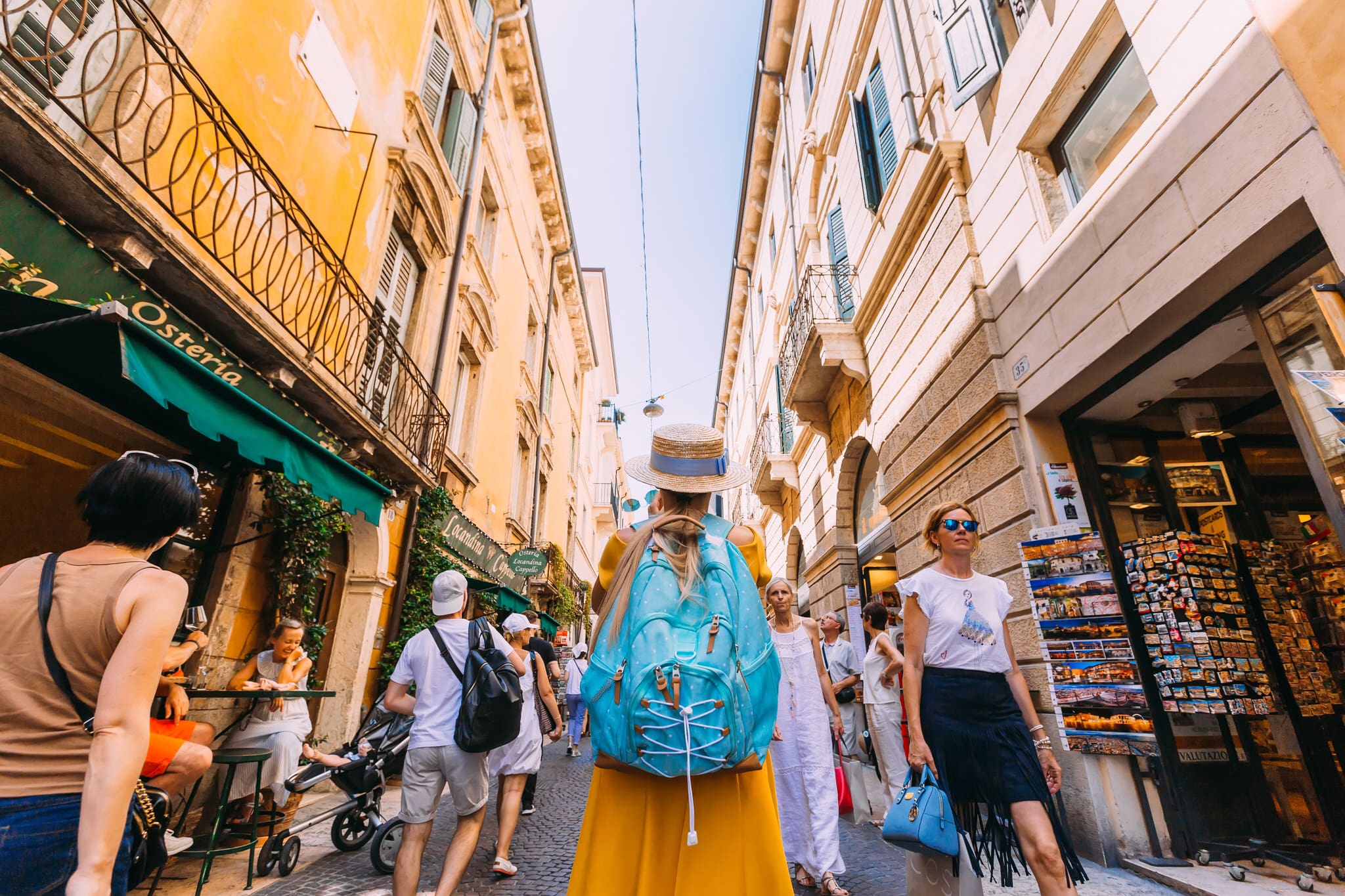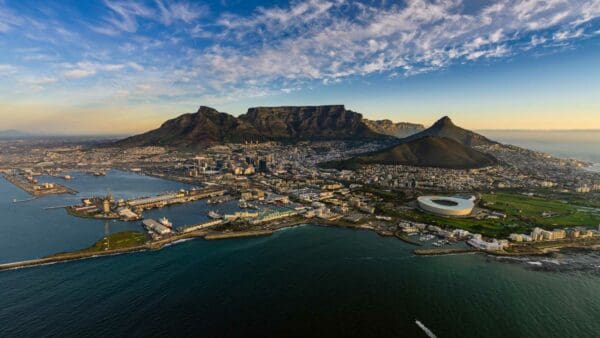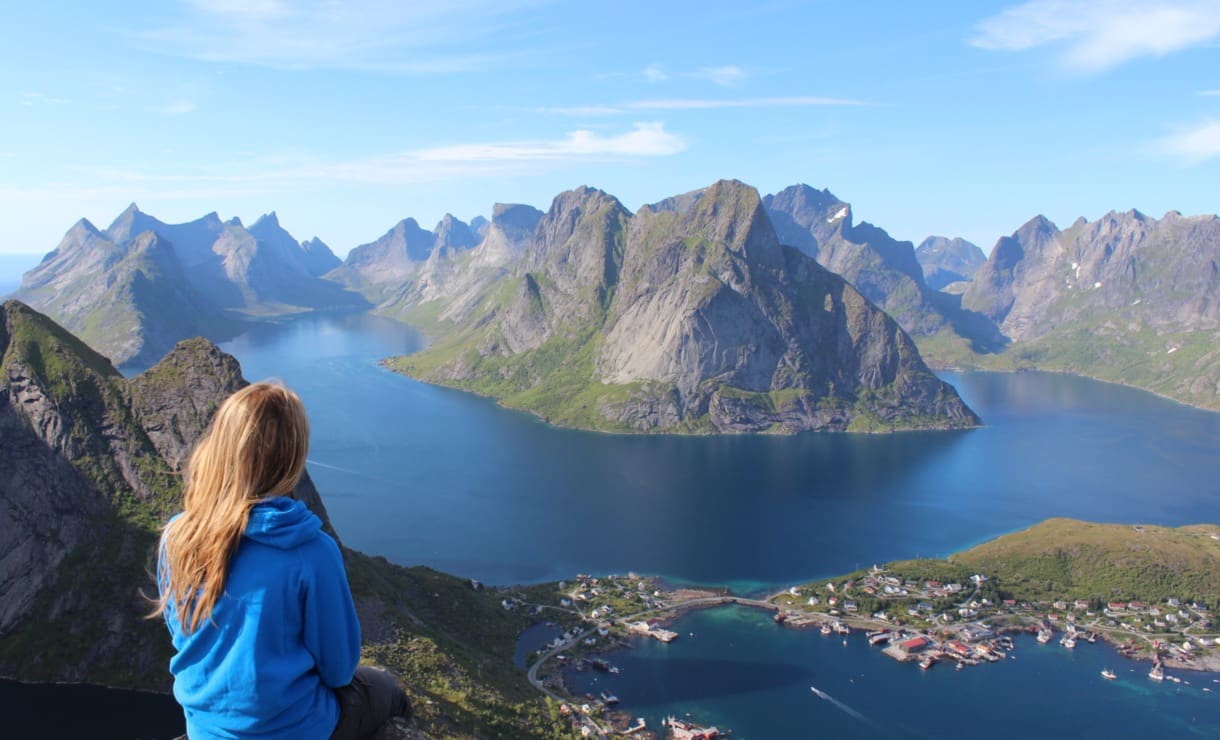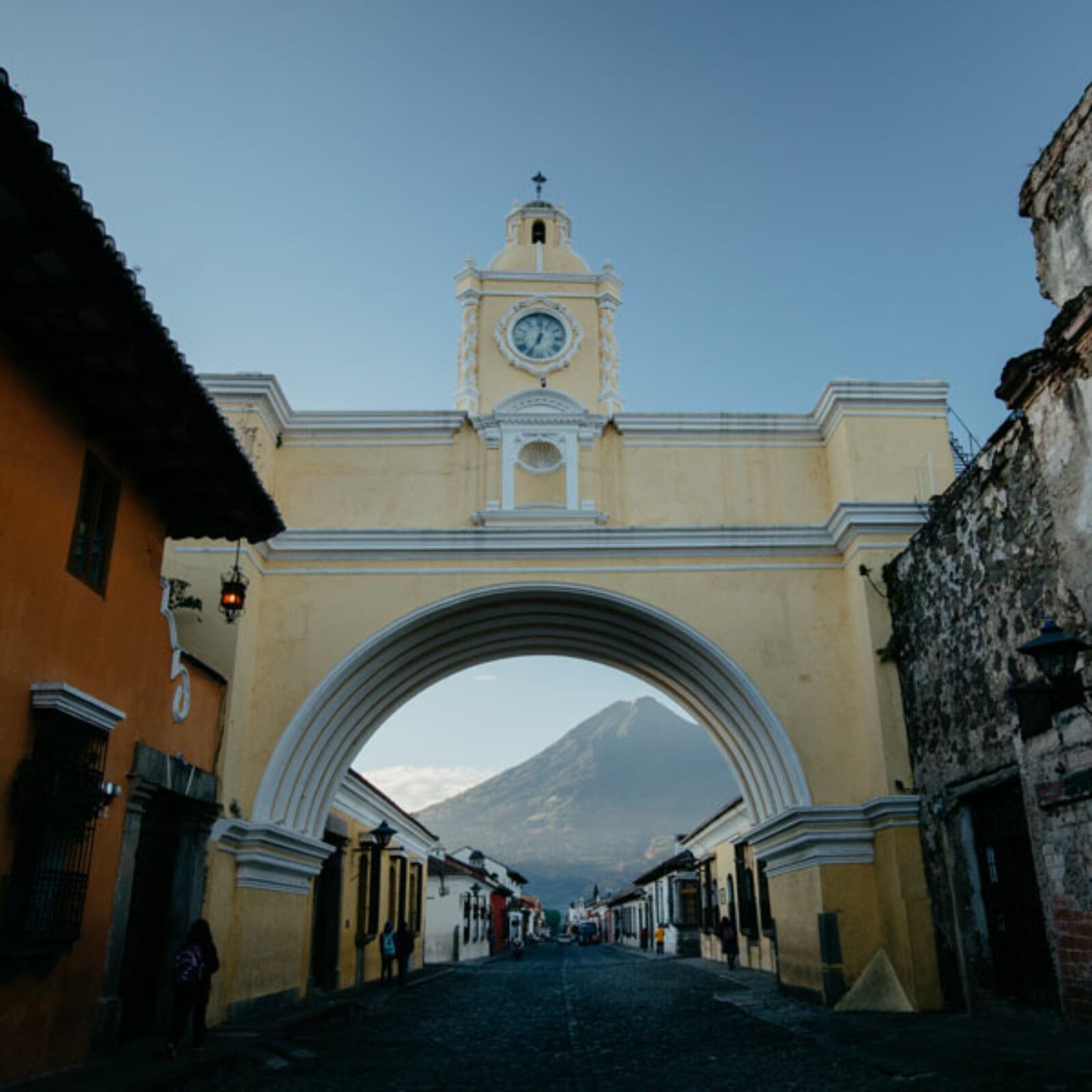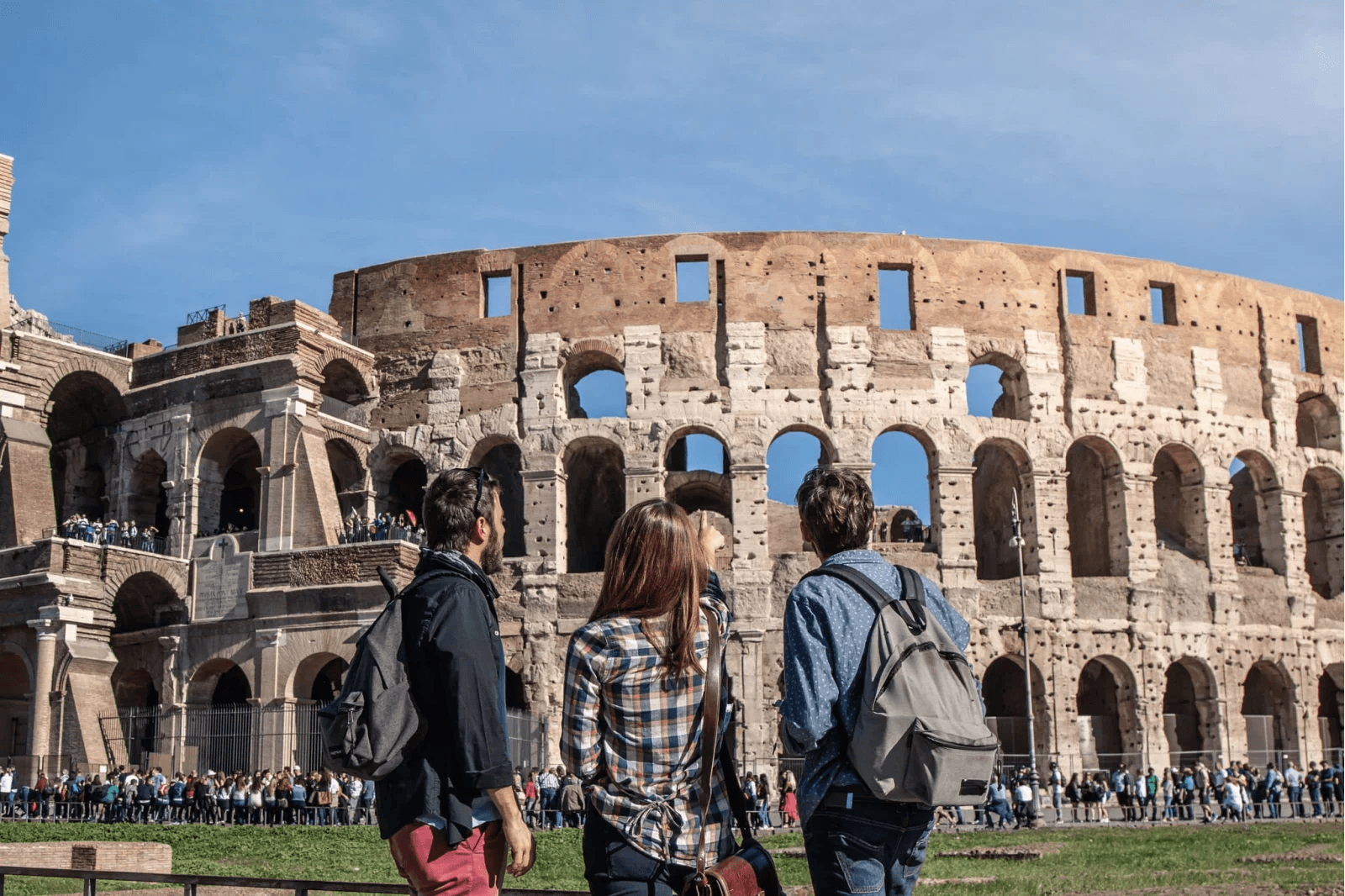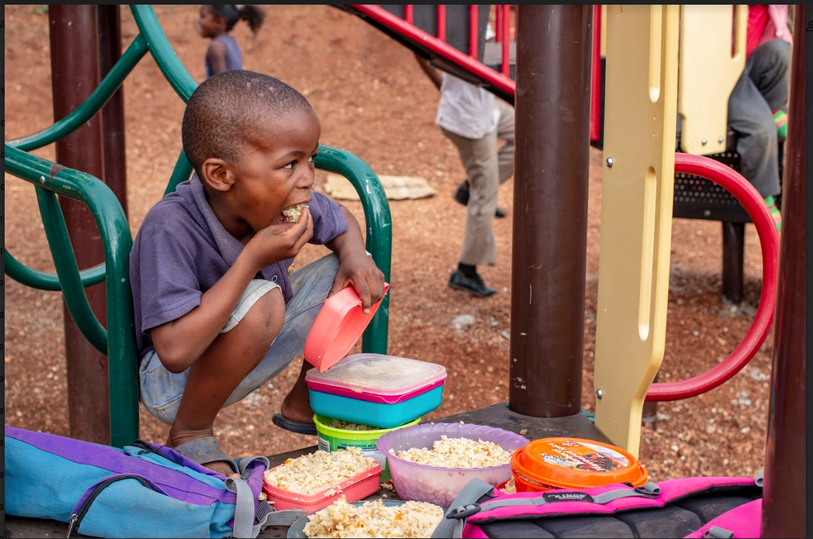The Kingdom of Cambodia has experienced dramatic loss over the last 50 years. The largest people group is the Khmer making up 90% of the population. Majority of the nation practices Theravada Buddhism meaning they cling to the most original, literal teachings of Buddha. Their beliefs are often mixed with animistic spirit worship, Chinese ancestor worship, and Hindu symbology. Christianity makes up only 2% of the nation.
 As a 2000 year old country, Cambodia spent its early years thriving in the trade route, known as Indochina, which was later given to Vietnam by the French. The Khmer people expanded inland to modern Cambodia. In 802, Jayavarman II declared himself god-king, founding the largest and most powerful Khmer kingdom, the Angkor Kingdom. They built the largest religious structure in the world to honor Hindu gods and Buddha, Angkor Wat. Over time the Angkor Kingdom thrived and struggled through many battles with the Thai, Cham, and Vietnamese gaining and losing territory. In 1431, they lost a battle to the Thai ending the Angkor period. Thus moving the capitol to its current location, Phnom Penh.
As a 2000 year old country, Cambodia spent its early years thriving in the trade route, known as Indochina, which was later given to Vietnam by the French. The Khmer people expanded inland to modern Cambodia. In 802, Jayavarman II declared himself god-king, founding the largest and most powerful Khmer kingdom, the Angkor Kingdom. They built the largest religious structure in the world to honor Hindu gods and Buddha, Angkor Wat. Over time the Angkor Kingdom thrived and struggled through many battles with the Thai, Cham, and Vietnamese gaining and losing territory. In 1431, they lost a battle to the Thai ending the Angkor period. Thus moving the capitol to its current location, Phnom Penh.
In 1864, the king asked the French for assistance in preventing the loss of more territory. The French began to take control of the Cambodian government. In 1941, the French crowned Norodom Sihanouk king. When the Japanese had control of Cambodia during World War II the Cambodians had more freedom than under France causing the king to take control of the government by force and demand freedom when France returned after the war. Cambodia gained its freedom a year later in 1954.
 As the American war with Vietnam began to escalate the Cambodian communist movement grew under the leadership of Pol Pot. America began to bomb the Vietnamese troops traveling through Cambodia attempting to reach South Vietnam without telling King Sihanouk. The problem is that more Cambodian farmers were killed than Vietnamese. Under fear that America wanted control of Cambodia the king cut off relations with America. This caused the American government to fear the king would side with North Vietnam, so they helped General Lon Nol overthrow the king and take over the government of Cambodia in 1970.
As the American war with Vietnam began to escalate the Cambodian communist movement grew under the leadership of Pol Pot. America began to bomb the Vietnamese troops traveling through Cambodia attempting to reach South Vietnam without telling King Sihanouk. The problem is that more Cambodian farmers were killed than Vietnamese. Under fear that America wanted control of Cambodia the king cut off relations with America. This caused the American government to fear the king would side with North Vietnam, so they helped General Lon Nol overthrow the king and take over the government of Cambodia in 1970.
At this point, civil war began between Lon Nol’s government and Pol Pot’s Khmer Rouge (communist movement). Many people joined the Khmer Rouge as a result of unhappiness with American bombings and the new government. China offered refuge to the king, so he moved to Beijing and joined the communists causing more Cambodians to join the Rouge. America provided supplies, weapons, and money to Lon Nol’s government. Even so he was loosing the civil war and when America lost the Vietnam War they pulled out of Cambodia. In 1975, the Khmer Rouge took control of the capitol and forced everyone out of the cities into farming communes. King Sihanouk was placed under house arrest in his palace.
 The Khmer Rouge controlled the country killing anyone associated with Lon Nol’s government, educated people, who may have been corrupted by western thinking, religious people (including Buddhist monks and 90% of the Christians). Tuol Sleng was a high school until the 1970s when the Khmer Rouge converted it to a torture prison called S-21. Over 10,000 people were imprisoned, tortured, and killed there. Cheung Eik is the mass burial grounds where the prisoners, who had been tortured at Tuol Sleng S-21 prison, were killed. Over 9,000 men, women, and children were found at this site. Now there is a memorial to honor those who died here and museum at Tuol Sleng S-21.
The Khmer Rouge controlled the country killing anyone associated with Lon Nol’s government, educated people, who may have been corrupted by western thinking, religious people (including Buddhist monks and 90% of the Christians). Tuol Sleng was a high school until the 1970s when the Khmer Rouge converted it to a torture prison called S-21. Over 10,000 people were imprisoned, tortured, and killed there. Cheung Eik is the mass burial grounds where the prisoners, who had been tortured at Tuol Sleng S-21 prison, were killed. Over 9,000 men, women, and children were found at this site. Now there is a memorial to honor those who died here and museum at Tuol Sleng S-21.
Conditions were hard as starvation and disease began to grow. In 1978, the Rouge invaded Vietnam to gain territory. A month later Vietnam took control of Phnom Penh. By the end of the Khmer Rouge nearly 2 million people died (1/3 of the population). In 1989, Vietnam backed out of Cambodia for financial reasons. A year later the United Nations came into negotiate a peace treaty between these groups. With a few upsets in the process, King Norodom Sihanouk regained his throne. In 1999, Cambodia had its first year of peace since 1969 when the Khmer Rouge officially disbanded as a political and military force.
Since this time of stability has begun, many efforts have been made to rebuild the infrastructure of Cambodia. Peaceful elections were held in 2003. In 2004, the king stepped down from his throne giving it over to his son, King Norodom Sihamoni. Both kings are greatly respected.
Christianity grew dramatically before the Khmer Rouge, but most of the Christians were killed. In 1989, there was estimated to be 300 Christians. Now there are more than 200,000. Needless to say, the Lord is redeeming Cambodia and returning the people to Himself.
Pray for…
…restoration for the broken families, people living with memories of what happened, and those who were disabled because of the activities of this period.
…healing of the land.
…the breaking of generational curses, including fear, hopelessness, and violence.
…Cambodians to overcome the past and be released to move on.

